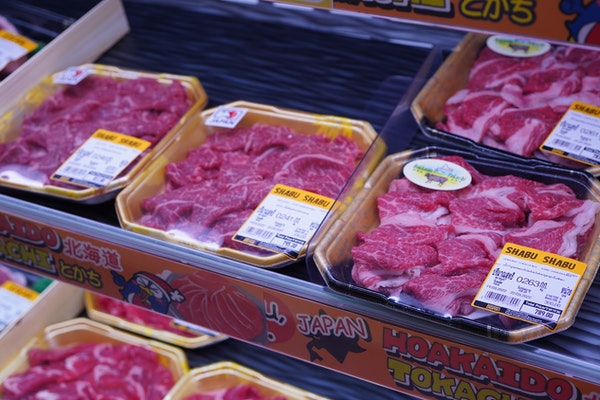Have you ever gone grocery shopping and noticed all the extra information that is on the price tags? It’s not some mysterious grocery store jargon. It’s actually the unit pricing for any given item. If you pay attention to the unit prices, you can save yourself some money on items that you need. This will help you stay on budget. Here’s how to check unit prices.
Take a look at this price tag for cereal…
The number that most shoppers pay attention to is the big one on the right ($3.95). But that other number in the middle is the unit price (26 cents) and like it says, that shows you the price per ounce of cereal. This is for a 15 oz box.
Let’s say that you’ve picked out your favorite cereal, but there are a few different sized boxes and you want to get the best deal. That unit price is going to tell you which is the better value… the lowest price per unit.
Here is the price tag for a 10 oz box. This box costs less than the 15 oz, but the unit price is higher by 2.2 cents.
If you want to spend as little as possible, then get the smaller/less expensive box. But, here’s our credit counseling insight – if you know you will eat all of the cereal, then doesn’t it make sense to get the bigger box and pay less per ounce?
Think of it this way… if you eat 15 oz of cereal a week, that equals 30 oz in two weeks. To reach that amount, you can buy two 15 oz boxes for $7.90, or three 10 oz boxes for $8.55. You may feel like you’re saving money by purchasing the smaller box but, as shown in this example, it will likely wind up costing you more in the long run.
You can apply this process to several different products to make sure you’re getting the best value.
If you’re struggling to pay off debt, ACCC can help. Schedule a free credit counseling session with us today.






